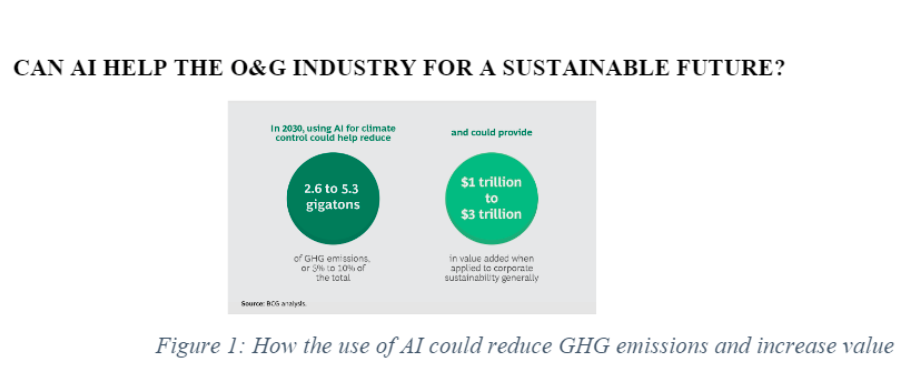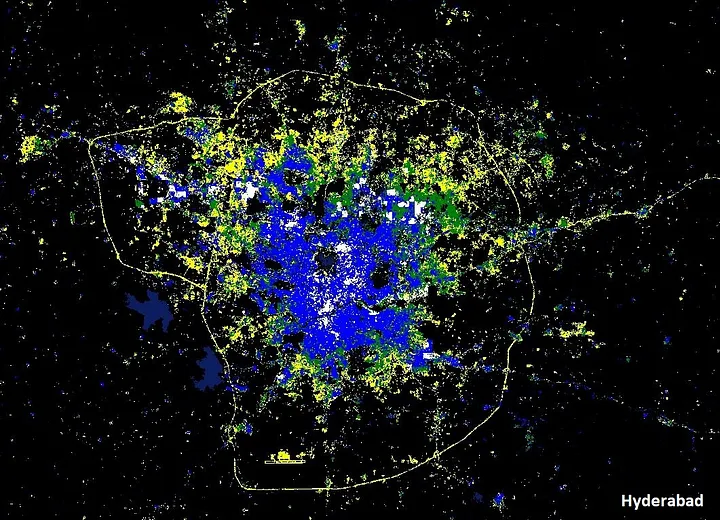HyperSpectral Imagery in prospecting for Rare Earth Elements (REE) and Defence
Date: 7th August 2025
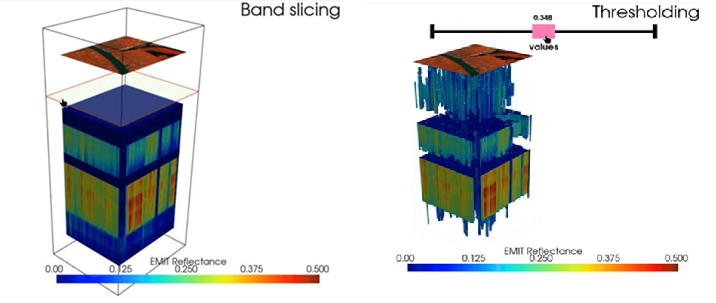
Hyperspectral imaging collects and processes information from across the electromagnetic spectrum. Unlike conventional imaging which captures three bands (red, yellow, green) or multi-spectral imaging (which may capture 4-12 bands) Hyperspectral imaging captures collects over hundreds of narrow spectral bands across a wide range of wavelengths from visible to infra-red.
HSI captures 3D data cubes, where two dimensions represents spatial information and the third dimension captures the spectral information of each pixel. The result is what is called as a hypercube
[x, y, λ]
Here each point contains a full reflectance spectrum.
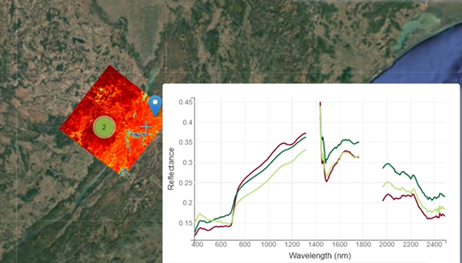
HSI for mineralogy is supposed to be well developed. Airborne imaging can identify many minerals, and their associations with valuable resources like gold and diamonds are well established. Due to the economic potential of rare earth minerals, new research is focussed on identifying hyperspectral signatures for minerals like Neodymium(Nd), Yttrium (Y) and Scandium (Sc). HSI can be used to indirectly detect REEs by identifying host minerals or alteration patterns that are typically associated with REE deposits. Many REE-bearing minerals (like monazite, bastnäsite, xenotime) have distinct spectral absorption features, especially in the Short-Wave Infrared (SWIR) region (1000–2500 nm)
Current research is also focused on understanding how oil and gas leaks from pipelines and natural wells affect vegetation and alter their spectral signatures.
The Bayan Obo mine in Inner Mongolia, China, is the world’s largest deposit of rare earth elements (REEs)—accounting for over 40% of global REE production. It also contains iron and niobium in addition to REEs.
In the above image we have analyzed HSI of Koraput in Oddisa.
Researchers and exploration geologists have used hyperspectral imaging (HSI), particularly in the VNIR–SWIR range (400–2500 nm), to study and map the mineralogical composition and alteration zones in the area. HSI is especially valuable here due to:
- Extensive surface exposure
- Distinct alteration halos
- Spectrally diagnostic minerals associated with REEs
In warfare, Chemical Warfare Agents (CWAs) and Toxic Industrial Compounds (TICs) represent some of the most dangerous threats to field troops. Soldiers may encounter a broad range of chemical hazards both during combat and in surrounding environments. These threats are often invisible and difficult to detect. Hyperspectral imaging, however, provides a powerful standoff capability for detecting, identifying, and visualizing such chemical agents from a distance.
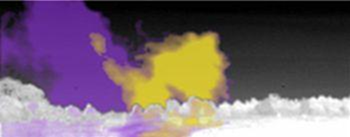
About Us
At ThinkEvolve we are inspired by human-nature interaction over the millennia and how it has shaped history. Just as humanity has evolved crops, animals and tools to adapt to this fast changing world, we help businesses evolve and grow by harnessing the power of AI. At ThinkEvolve we believe in thinking deeper, innovating further and evolving smarter. This has manifested in multiple delighted clients and awards. ThinkEvolve has won the Economic Times DigiTech Award, Telangana Grand Challenge, Norwegian AI institute Sustainability Challenge and European Space Agency (ESA) Challenge.
